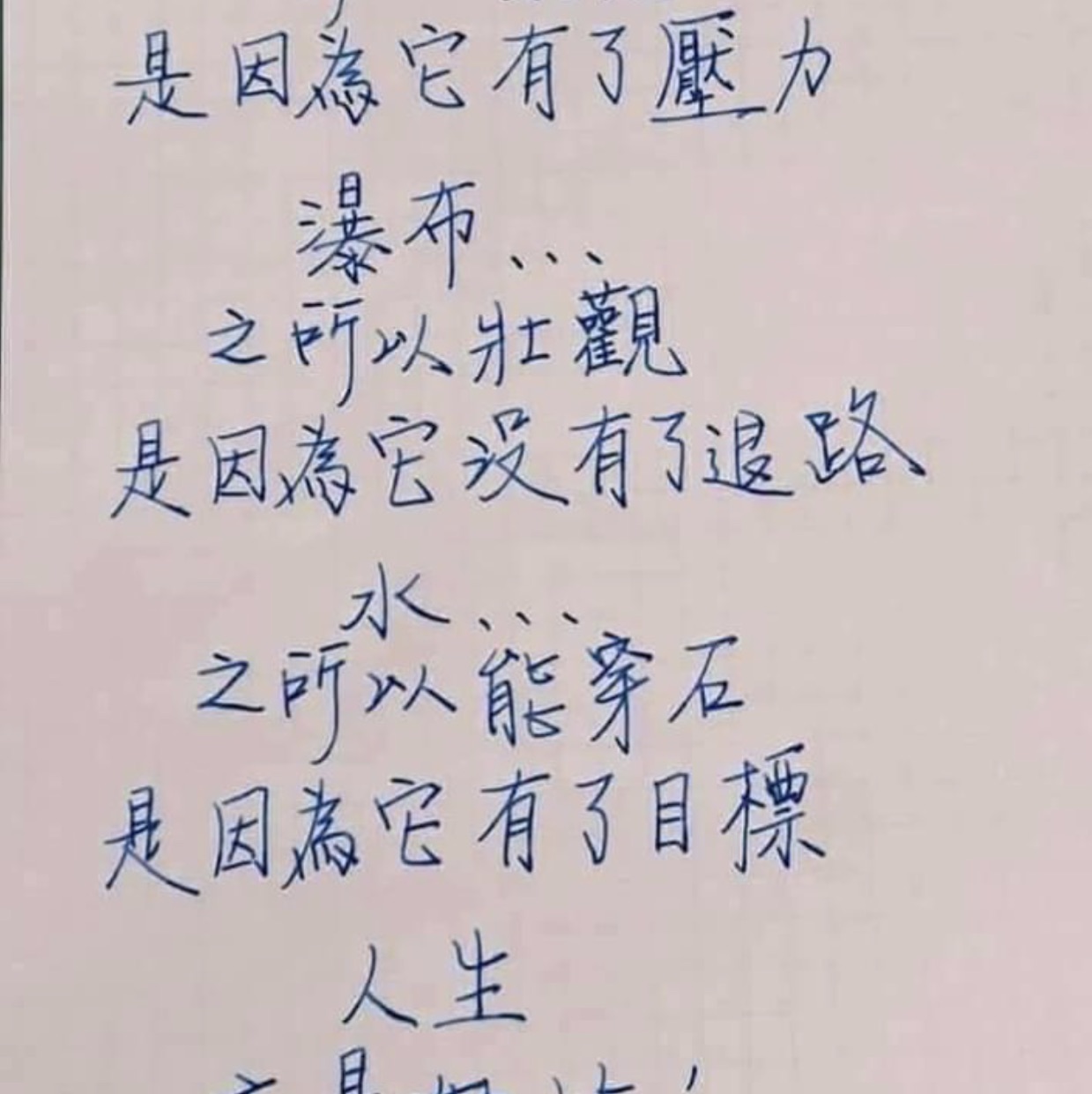
Pigmonkey
暂无个人介绍
IP属地:未知
482关注
33粉丝
0主题
0勋章
Ok
Nike, Micron, BlackBerry, CarMax, and Other Stocks for Investors to Watch This Week
OK
抱歉,原内容已删除
Ok
抱歉,原内容已删除
Ok
抱歉,原内容已删除
Ok
抱歉,原内容已删除
Ok
PayPal's Recent Price Decline Will Eventually Happen To Nearly All Overvalued Technology Stocks
Ok
PayPal's Recent Price Decline Will Eventually Happen To Nearly All Overvalued Technology Stocks
Ok
PayPal's Recent Price Decline Will Eventually Happen To Nearly All Overvalued Technology Stocks
Ok
抱歉,原内容已删除
Okra
抱歉,原内容已删除
Ok
抱歉,原内容已删除
Ok
抱歉,原内容已删除
Ok
抱歉,原内容已删除
Ok
抱歉,原内容已删除
Ok
Samsung to merge mobile and consumer electronics divisions
Ok
Grab shares slid more than 4% in premarket trading
Ok
抱歉,原内容已删除
Ok
US IPO Week Ahead: Digital banking and cloud infrastructure lead a 4 IPO week
Okra
抱歉,原内容已删除
Ok
抱歉,原内容已删除
去老虎APP查看更多动态